Outboard Motor Oil Basics
In this blog, we often explore some of the more advanced aspects on engine maintenance and may overlook the primary purpose of this site: outboard motor oil. Most of us know that the oil’s primary objective is to act as a lubricant for the various components of the engine. This lubrication is necessary due to the amount of heat and corrosion imparted on the various parts during the engine cycle.
Any two things that move against one another cause friction, and in the case of an engine, there is constant friction between the many moving parts. The oil works to facilitate the movements and reduce the amount to friction between the parts. In addition to acting as a lubricant, the oil also removes deposits and promotes energy savings.



 Yesterday we reviewed some of the pre-ride checks that you should go through every time you ride your motorcycle — primarily, checking the levels of gas and
Yesterday we reviewed some of the pre-ride checks that you should go through every time you ride your motorcycle — primarily, checking the levels of gas and 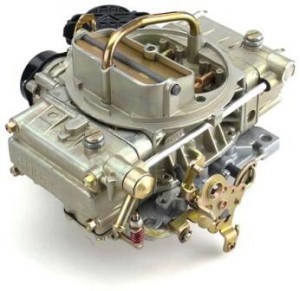 The carburetor is one of the most vital components of any two-stroke engine, as it works to blend the air, fuel, and
The carburetor is one of the most vital components of any two-stroke engine, as it works to blend the air, fuel, and 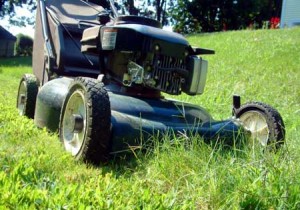 Now that we have overviewed the inner workings of a two-stroke engine, the advantages should be ascertainable. The consolidation of the stroke cycle allows for a more rudimentary and lightweight design, which also produces more power. This combination makes two-stroke engines ideal for various handheld equipment and small vehicles. With these obvious advantages, some may be wondering why two-stroke engines aren’t used in cars and other large vehicles.
Now that we have overviewed the inner workings of a two-stroke engine, the advantages should be ascertainable. The consolidation of the stroke cycle allows for a more rudimentary and lightweight design, which also produces more power. This combination makes two-stroke engines ideal for various handheld equipment and small vehicles. With these obvious advantages, some may be wondering why two-stroke engines aren’t used in cars and other large vehicles.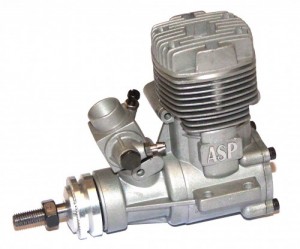
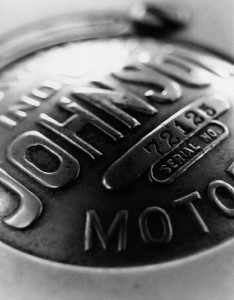 The benchmark for two cycle oil is TC-W3 certification. Two stroke engines require users to mix the fuel with
The benchmark for two cycle oil is TC-W3 certification. Two stroke engines require users to mix the fuel with 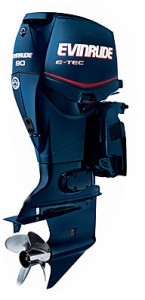 A recent study of outboard motors yielded evidence that quieter motors are also more fuel efficient as well as better for the environment. The test was run on a 1988 Evinrude outboard motor versus a 2008 Evinrude outboard motor. The results of the test were as follows:
A recent study of outboard motors yielded evidence that quieter motors are also more fuel efficient as well as better for the environment. The test was run on a 1988 Evinrude outboard motor versus a 2008 Evinrude outboard motor. The results of the test were as follows: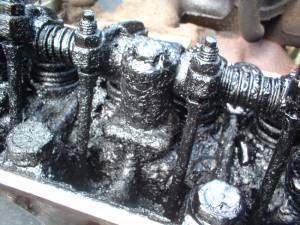 What exactly does engine oil do for your car? Engine oil prevents all the metal surfaces in your engine from grinding together due to friction. It also keeps your engine free from all the foul by-products that build up inside an engine because of combustion. In addition, engine oil protects all the moving parts of an engine.
What exactly does engine oil do for your car? Engine oil prevents all the metal surfaces in your engine from grinding together due to friction. It also keeps your engine free from all the foul by-products that build up inside an engine because of combustion. In addition, engine oil protects all the moving parts of an engine. 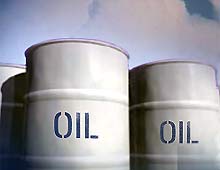 All oils are not created equal. When you’re shopping for new
All oils are not created equal. When you’re shopping for new 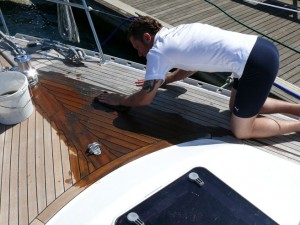
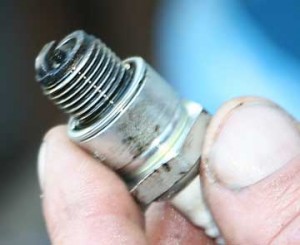 Now that we have done a thorough inspection of all of the fastenings on the lower unit, it is time to lubricate the grease fittings. The two primary parts to apply the grease to are the swivel bracket, which is the bearing the motor turns on, and the transom clamp screw. Once this is completed, work the throttle, forward-reverse shift lever and starter cord to identify the moving parts inside the power head; apply grease to all of these components.
Now that we have done a thorough inspection of all of the fastenings on the lower unit, it is time to lubricate the grease fittings. The two primary parts to apply the grease to are the swivel bracket, which is the bearing the motor turns on, and the transom clamp screw. Once this is completed, work the throttle, forward-reverse shift lever and starter cord to identify the moving parts inside the power head; apply grease to all of these components.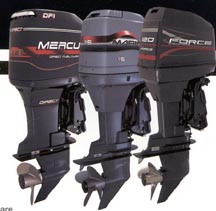 Yesterday we went over the necessary parts and materials that you will need to tune your outboard motor. Before you begin dissembling your motor, refer to your owner’s manual for specific procedures and recommended parts or
Yesterday we went over the necessary parts and materials that you will need to tune your outboard motor. Before you begin dissembling your motor, refer to your owner’s manual for specific procedures and recommended parts or